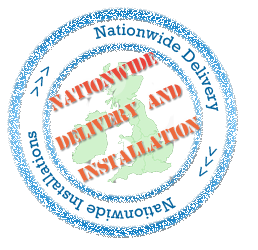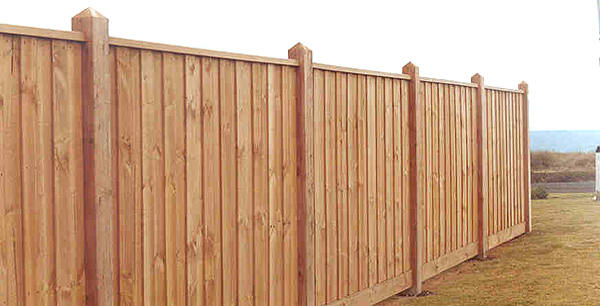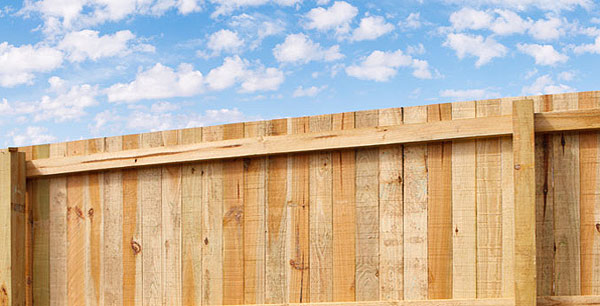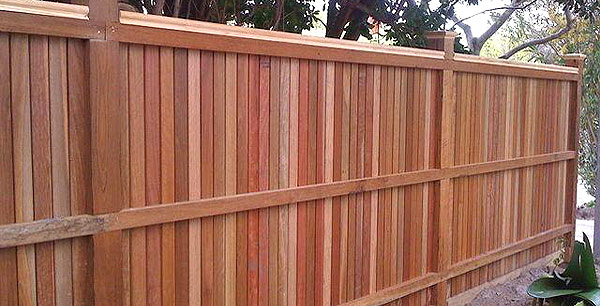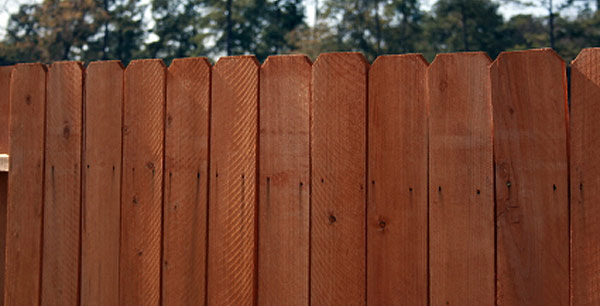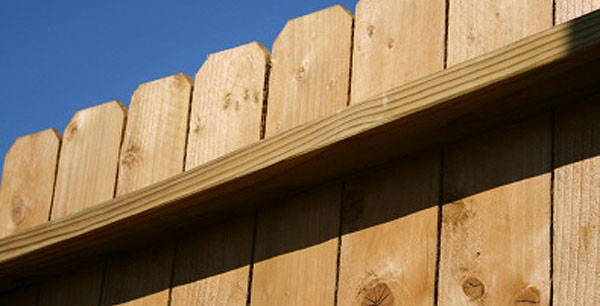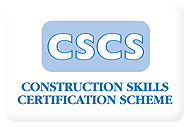Closeboard Fencing
Closeboard Fencing Panels
Traditional Closeboard Fencing is probably the most widely used type of fencing available. We construct the fence on site due to the weight of the panels and the need for an accurate finish following the natural line of the garden boundary line.
Although Closeboard Fencing takes longer to install, the finished results are a stronger, better looking fence. Closeboard Fencing is the number one choice when constructing a complex design giving more flexibility when it comes to placing posts in certain positions. This can useful if you have an established garden and want to avoid trees, plants or roots, also fencing around features such as ponds where accuracy is important.
Closeboard Fencing is made up of individual components using either concrete or timber posts that are morticed to take arris rails, cut to the required length and shaped to fit. Gravel boards are then fitted to the bottom of the frame. Our Closeboard fencing uses arris rails slotted into morticed posts. We also fit with cant rails which are nailed to blank fence posts. The frame is then cladded with featheredge boards as shown in the diagram below.
Closeboard Fencing Specifications
Key
A. Morticed timber post
B. Morticed concrete post
C. Timber Gravel Board
D. Concrete Gravel Board
E. Fencing Panels
F. Arris Rail
G. Balance rail and Capping
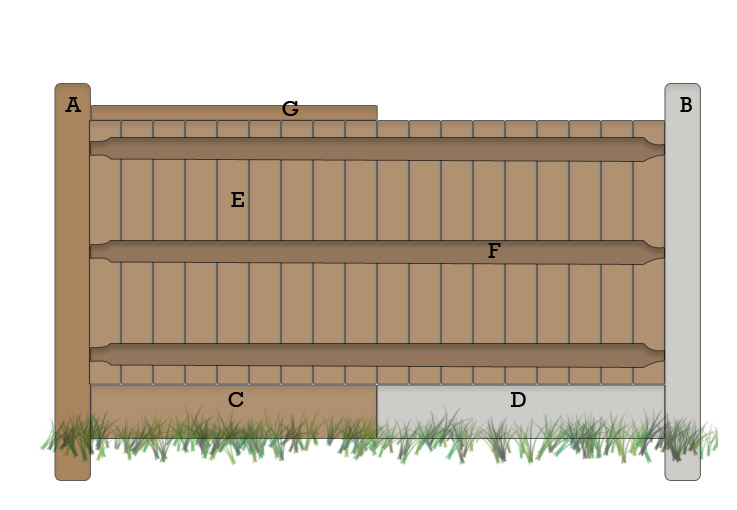
Tanalised Boards
Our Closeboard Fencing panels are 'TANALISED'. This means the timber has been impregnated with a preservative solution under high vacuum pressure in an industrial vessel. Ensuring a deep penetration of the protective into the timber cells encourages a longer-lasting protective result against fungal decay and insect attack. This process is proven to grant a higher grade of protection than the application of a surface coating. View product finishes for more information.
Closeboard Fencing Applications
- Garden fencing
- Fencing for marking boundaries
- Security fencing
- Fencing for parks
- Residential property fencing
- Commercial property fencing


